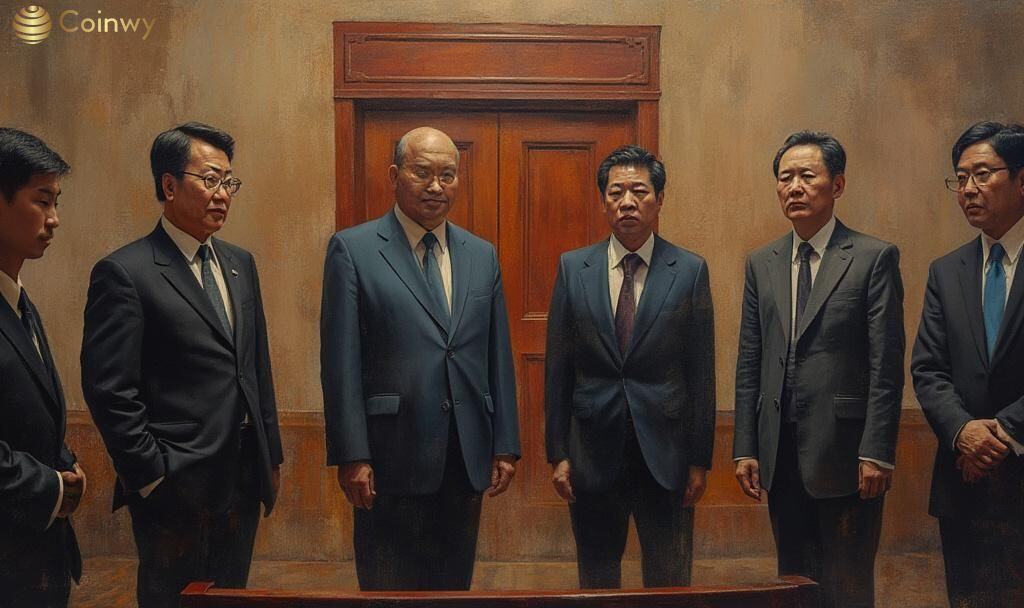- Chinese court jails five for crypto laundering.
- Use of USDT in laundering scheme.
- No industry leaders commented on convictions.
Chinese authorities have sentenced five individuals in Beijing for laundering $166 million through USDT stablecoins between January and August 2023.
The sentencing highlights intensified cross-border crypto crime enforcement in China and raises concerns over stablecoins like USDT’s role in illegal activities.
In a significant crackdown, Chinese authorities have sentenced five individuals for laundering $166 million through USDT. The activity, spanning January to August 2023, involved converting client funds to stablecoins to obscure illicit transfers.
The convicted individuals, whose identities remain undisclosed, were part of a money-laundering syndicate. This conviction underscores China’s increasing efforts to tackle cross-border crypto crimes involving illicit fund transfers via USDT. Pan Gongsheng, Governor of the People’s Bank of China, remarked,
“Stablecoins present significant risks to global financial stability and are being used in cross-border financial crimes”.
This case demonstrates heightened law enforcement focus on crypto crime, potentially deterring similar activities. The action may influence how crypto transactions are perceived and handled within financial sectors globally.
While China intensifies regulatory measures against crypto crimes, using blockchain technology for forensic analysis points to a broader shift in its regulatory strategies. However, the direct impact on local or global crypto markets remains limited.
No immediate financial market changes are reported, as assets like BTC and ETH were not involved. Regulatory responses may streamline monitoring but might not directly alter investment flows into cryptocurrency. Enhanced tracking capabilities may prompt further international cooperation in crypto crime prevention. Historical precedents show that blockchain forensics and cross-border collaborations could enhance global financial security, impacting future regulatory frameworks.






